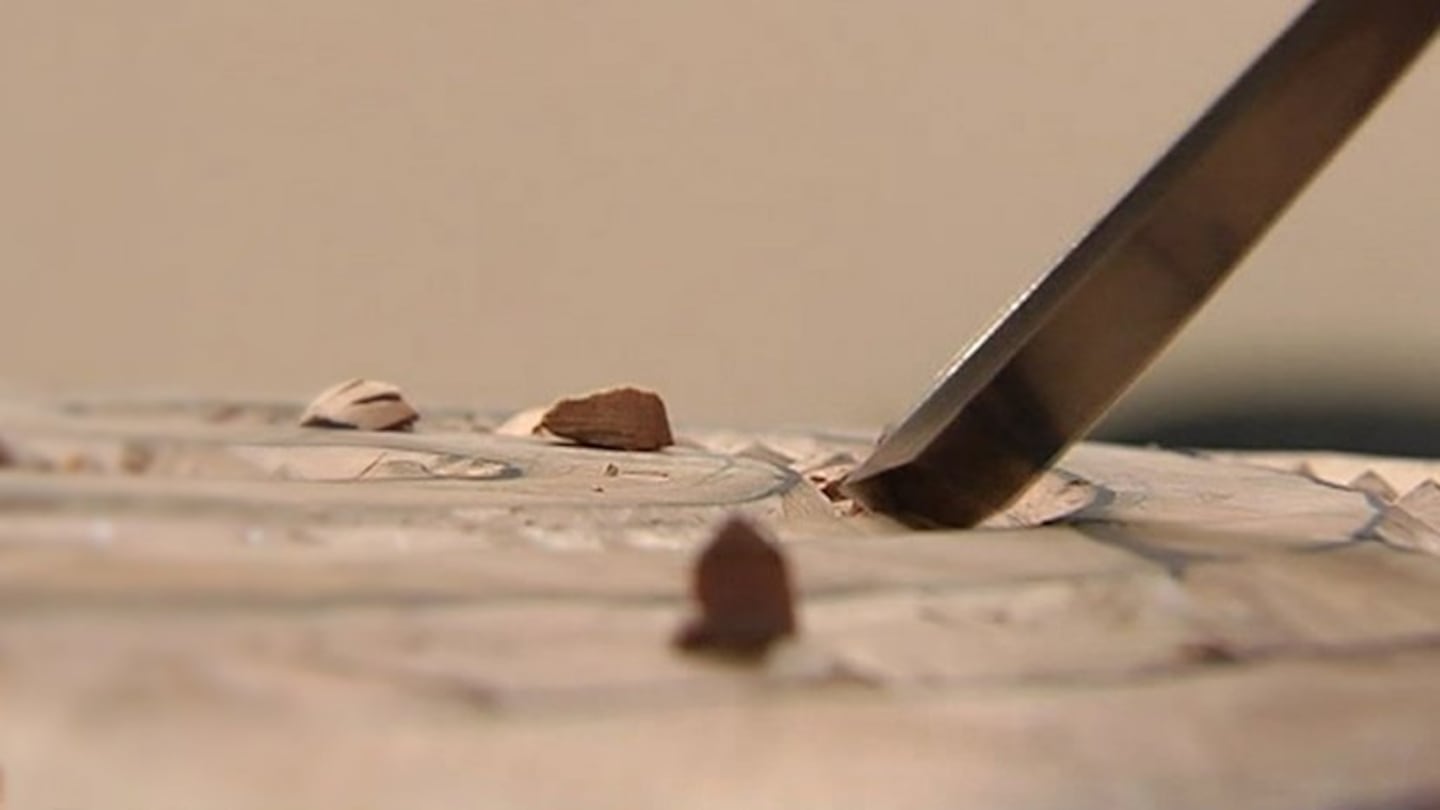Ngāti Whātua whānau are sharpening their adzes after the induction of the first two students to Te Wānanga Whakairo o Ruawhetū, under the tutelage of James Rickard, who was a part of the first carving school intake at the New Zealand Maori Arts and Crafts Institute, known as Te Puia, in 1967.
The carving school is part of a larger initiative called Ruawhetū, an incorporated charitable trust established by Auckland-based business Haumi. The purpose of the trust is to provide formal and informal education programmes, undertake or commission research initiatives, and develop and deliver kaupapa that support a strengthening of capabilities and the development and perpetuation of Māori culture.
"Ruawhetū will be strategically aligned to iwi-based initiatives, both in the way knowledge is provenanced, informed and derived," Haumi founder Karl Johnstone says.
"We have recently recruited students from Ngāti Whātua given Ruawhetū’s geographic context in Tāmaki. The considered aim in doing so is to align student development and growth with Ōrākei-based projects and initiatives, supporting them to return to their iwi upon completion of their studies, equipped with the knowledge and ability to contribute to ngā toi Māori and their communities.
Carvings for 31 marae
"It's one of those things when you know you have got James on board, it's not a question of whether or not you achieve the vision. So that self-belief and that drive that he has ensures the success of Ruawhetū."
Te Kura Taiaho Martin, from Ngāti Whātua, says the end goal is to decorate all wharenui within the boundaries of Ngāti Whātua with whakairo.
"At this time, there are over 35 marae in Ngāti Whātua, and only two have carvings and only one fully carved house."
The two students, Carlin Waretini and Walter Ashby, will be under the tutelage of the master for three years. Rickard made a point of requesting just two students.
"Part of this whakaaro is to try to make sure people understand when you put your kōrero into a whare, retain it, for yourselves, for your mokopuna and your great-grandchildren. It's a simple thing but it's been hard to do."
Waretini says there is a huge responsibility on him and his fellow cadet Ashby.
"There is a lot running through my mind. But first and foremost, to be here with my iwi Ngāti Whātua, and have the honour of serving them, being under their guidance and that of our tohunga, James Rickard."



